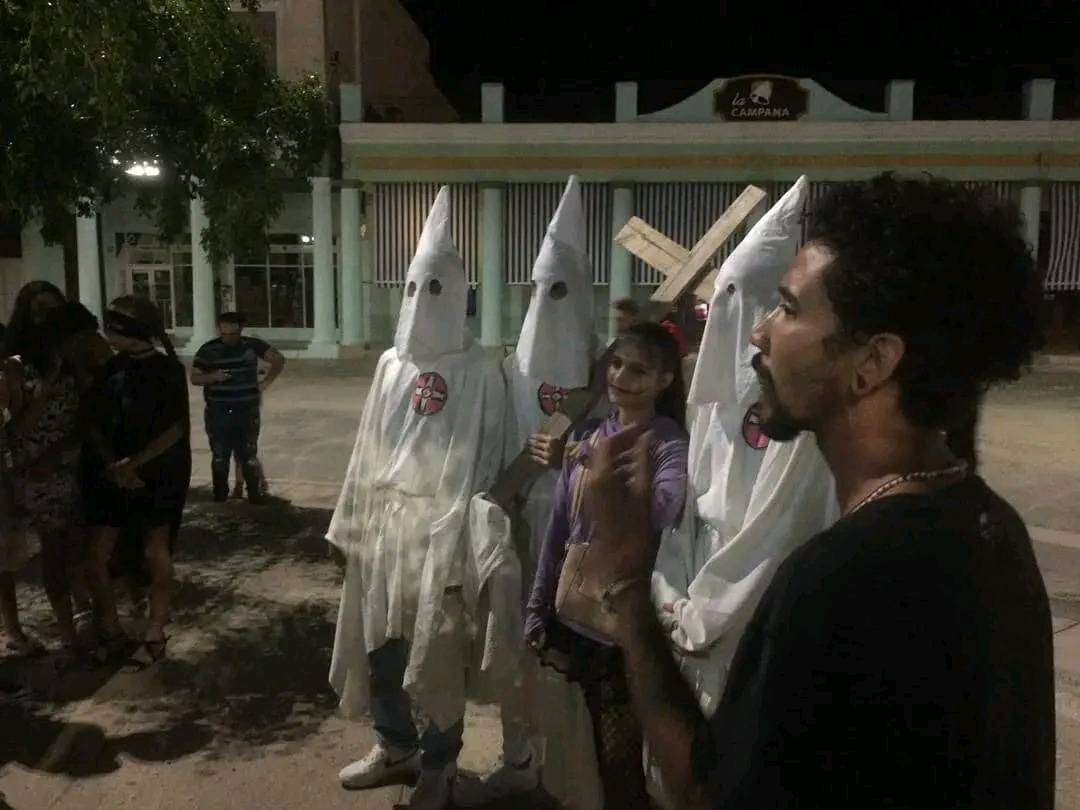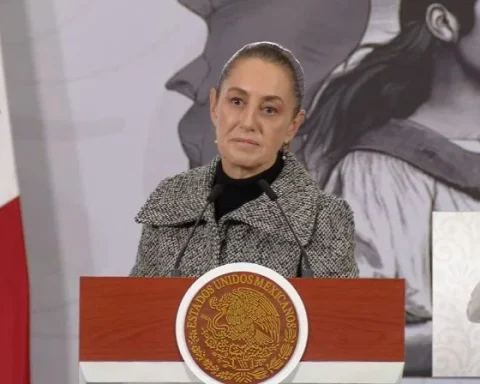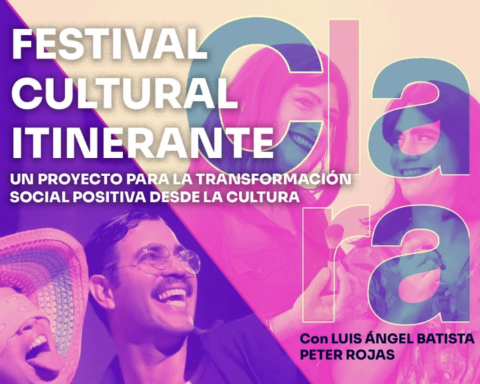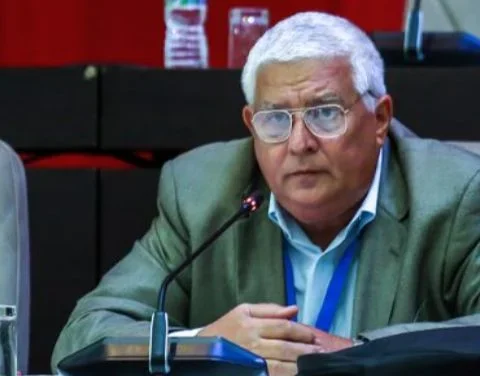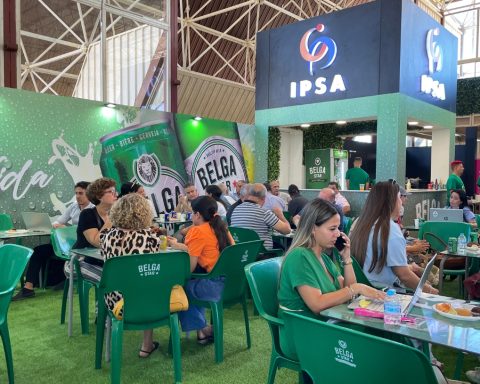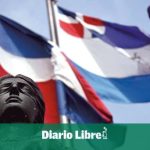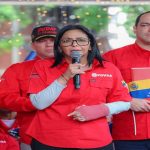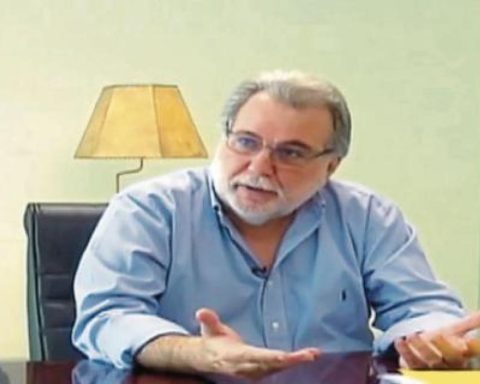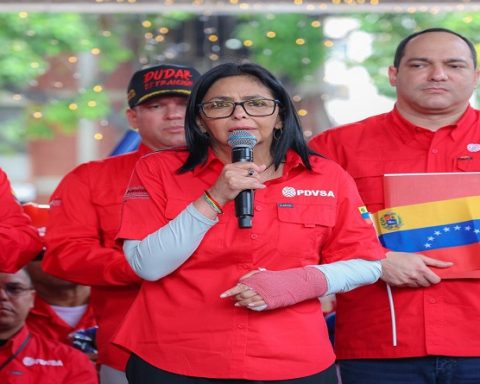Some photos in which young people dressed as members of the Ku Klux Klan (KKK) are seen during the Halloween celebration in the eastern Cuban province of Holguín have sparked a controversy about the validity of racism on the island.
In the images, the protagonists can be seen in the Calixto García park and, as it has transpired, they jokingly asked themselves: “Where are the blacks?” in what the official newspaper Granma considers a public expression “absolutely inadmissible”. The text, published under the signature of Pedro de la Hoz, also considers “much more inadmissible” the attitude of those who witnessed the event with “passivity” and “permissiveness”.
The article recalls that racist manifestations are punishable under Cuban criminal law and calls for an analysis “beyond the anecdotal”, even when institutional and legal measures are taken in response to the fact.
It also refers that “the supremacist culture, which privileges the supposed advantages of one skin color over others, is not exclusive to the United States, the nation that most strongly developed this perverse approach.”
“Much will have to continue fighting, but the process of revolutionary transformations of recent decades has not only given impetus to that perspective, but has also observed those areas where insufficient progress has been made and even racist patterns and stereotypes are reproduced,” he adds. the middle.
For his part, the head of the Ministry of Culture, Alpidio Alonso, questioned through social networks the impassiveness in the face of what he considered “expressions of cultural colonialism and racism.”
I wonder how one can remain impassive in the face of expressions of cultural colonialism and racism like this. Naivety? If this doesn’t hurt us, doesn’t worry us, doesn’t anger us, doesn’t mobilize us, how can we feel worthy, good men and women, revolutionaries, patriots? pic.twitter.com/i4jGVBP26V
– Alpidio Alonso Grau (@AlpidioAlonsoG) October 30, 2022
“If this hurts us, it does not worry us, it does not outrage us, it does not mobilize us, how can we feel worthy, good men and women, revolutionaries, patriots?” Alonso wrote on his Twitter profile.
There are other positions, such as that of the Holguin writer Manuel García Verdecia, who described the costumes as “unfortunate”, but considered that the event has been given an excessive connotation.
“Some young people have disguised themselves as if they were from the Ku Klux Klan. Is it good that they did? No. It is a despicable symbol. Yes. But they have taken on the matter as if they were the KKK itself.” Said the writer in reference to those who have demanded more drastic measures with those involved.
“It’s a joke, maybe off key, maybe due to lack of knowledge, but I don’t think it’s a conscious act of racism. The damage that is being inflicted on these adolescents and their families must be considered. It just needs conversation and clarification, not demonization, we already have too much, plus other real and pressing issues,” he commented.
According to the researcher Alina Herrera, consulted by OnCuba for the elaboration of this note, “these facts force us to think beyond Holguín and a celebration. They invite us to speak more about racism in Cuba as a whole, and to commit ourselves to more anti-racist actions for Cuba. Jokes are spaces, dynamics where racism is also reproduced. Through jokes we dehumanize the subject or the social group being ‘joked’ to turn them into the object of ridicule or laughter, be it because of their blackness, their racial, sexual (homosexual), gender (women), territorial origin (‘Pinarenos’ or against the so-called ‘Palestinians’, who are nothing more than people who come from the east of the country) or others. In this case, the reason for the ‘apparent’ joke —given that the real circumstances of the event are not known— refers to a phenomenon —the Ku Klux Klan— that constitutes one of the racist crimes and one of the saddest episodes of the white supremacy, whereby black people were killed (just for being black).
“Furthermore, one of the covert forms of racism has been precisely the so-called ‘recreational racism,’ which is nothing more than the act of recreating or having fun about the blackness of other people, or events in which inequality due to color of the skin has historically determined the inferiorization of racialized populations.
“That this is not understood speaks, first of all, of something systematically demanded by anti-racist voices and groups in Cuba, and that is that we urgently need more anti-racist education in Cuban classrooms. It alerts us, already as a social symptom, that there are forms of racism that have become naturalized again, precisely due to a lack of historical awareness, but also because there are structural and even institutional conditions that favor them. There is a lack of communication products that explain racism and the forms of racial inequality that take place in Cuba today. On the contrary, audiovisual, written and advertising communication is often racist. And the public denunciations made by groups and people dedicated to anti-racism in Cuba have never been answered and have never been corrected.
“What I believe is that it is one more symptom that current Cuban society is giving regarding the deepening of social inequalities, regarding the lack of training of the new generations and also regarding the immobility of the state to dismantle the causes and conditions that cause things like this. Yes ok some steps have been takenlike the National Program against Racism, is going quite unnoticed by those who need immediate confrontation and solutions”.
Although the eradication of racism was one of the flags raised by the Cuban Revolution, and the official discourse has always highlighted the achievements in policies aimed at banishing any trace of discrimination based on skin color from society, it is a fact recognized by the government, as well as by researchers and prestigious intellectuals, that this type of manifestation of explicit racism or not is part of the sociocultural reality of the country.
The Ku Klux Klan was a white supremacist group that at the end of the 19th century promoted racism, xenophobia, and anti-Semitism in the United States through violent and propagandistic acts.
